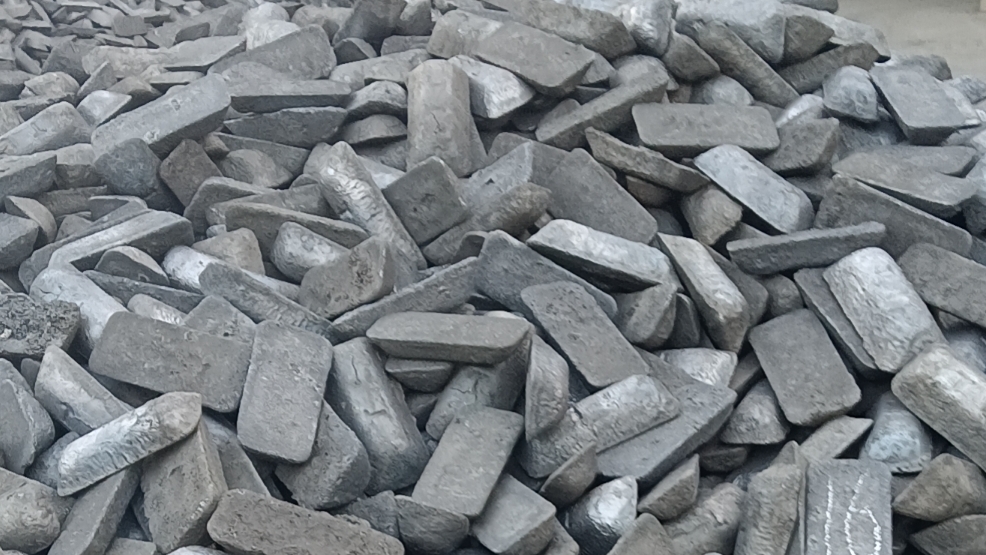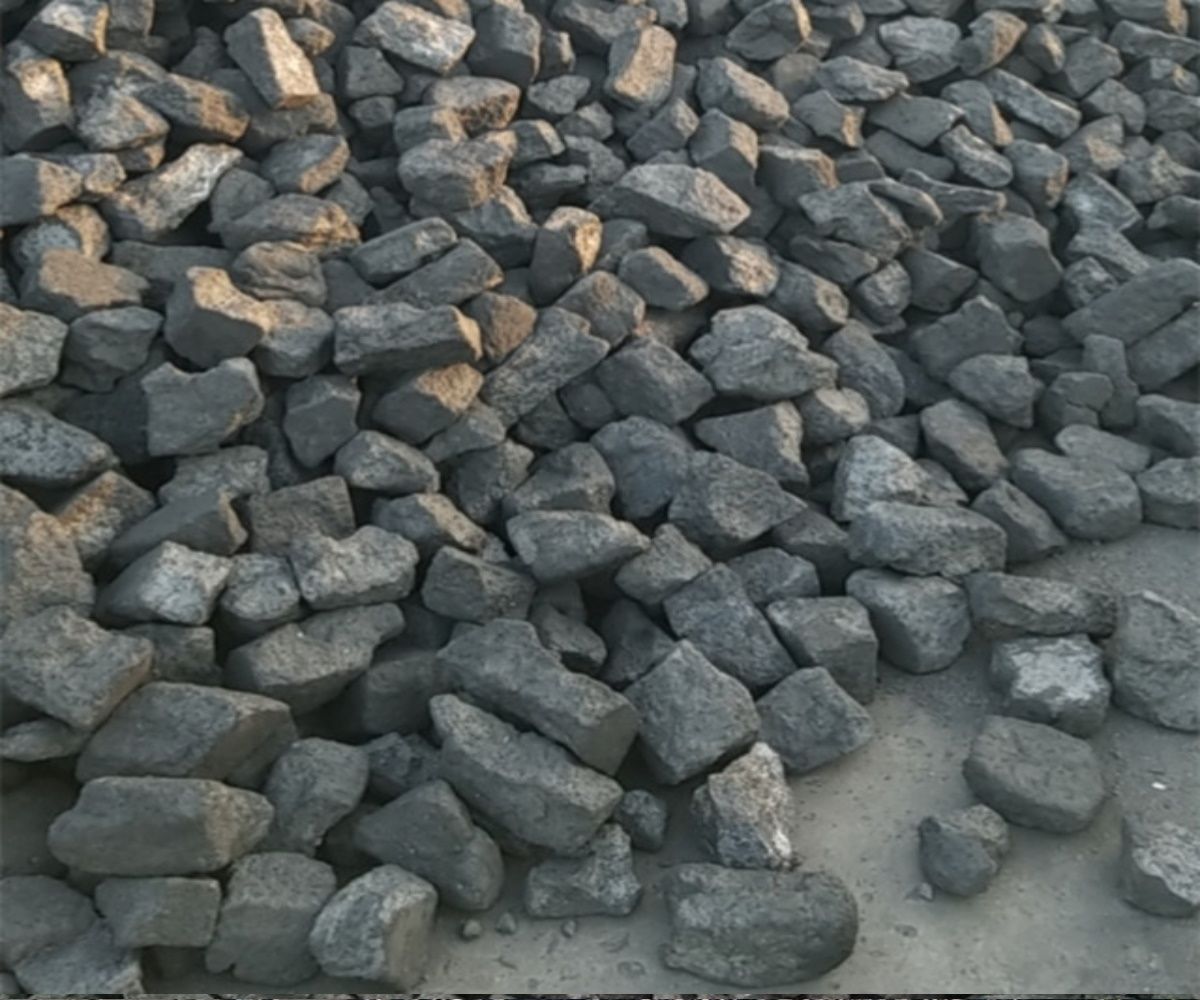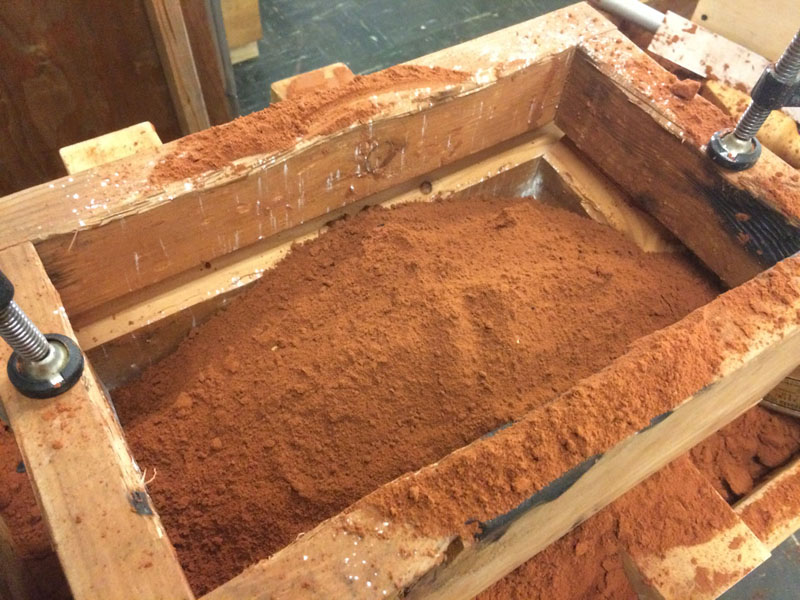Comprehensive Overview of Raw Materials Used in Foundries and Their Functionsv
2025-01-06 10:47:37 hits:0
1. Pig Iron
- Function:
- Primary Material: Pig iron is the most commonly used metal in casting processes, especially in the production of cast iron. Pig iron contains a high percentage of carbon (usually around 2-4%).
- Castability: Pig iron has good fluidity and castability, making it suitable for casting complex-shaped parts.
- Carbon Source: Pig iron provides the essential carbon needed in cast iron, which directly influences hardness, fluidity, and surface quality.
Common Uses:
- Primarily used for manufacturing gray iron, ductile iron, and malleable cast iron.
2. Coke
- Function:
- Fuel: Coke is the primary fuel used in the melting process in foundries. It provides the necessary heat to melt metals, especially pig iron or metal ores.
- Carbon Source: The carbon in coke is released during melting and provides the necessary carbon for cast iron production.
- Reducing Agent: Coke also acts as a reducing agent during the smelting process, removing oxygen from the metal, thus improving its purity.
Common Uses:
- Used in blast furnaces or other melting furnaces to provide combustion heat and remove impurities.
3. Alloying Elements
- Function:
- Enhance Casting Properties: Alloying elements are used to modify the properties of cast iron or cast steel, such as strength, wear resistance, corrosion resistance, and high-temperature resistance.
- Alter Microstructure: Various alloying elements affect the grain structure and phase composition of the metal, thus influencing its mechanical properties.
Common Alloying Elements and Their Functions:
- Silicon (Si): Increases fluidity and castability, and affects the graphite structure in cast iron. Commonly used in gray iron and ductile iron.
- Manganese (Mn): Improves strength and hardness, removes sulfur and oxygen impurities from the metal. Used in cast steel and special cast iron.
- Chromium (Cr): Enhances wear resistance, hardness, and corrosion resistance, typically used in wear-resistant castings or high-temperature alloys.
- Nickel (Ni): Improves toughness, strength, and corrosion resistance, commonly used in ductile iron and stainless steel.
- Molybdenum (Mo): Enhances high-temperature strength and fatigue resistance, often used in heat-resistant steel castings.
- Copper (Cu): Increases corrosion resistance and wear resistance, used in aluminum alloys and specific cast iron types.
4. Casting Sand
- Function:
- Mold Material: Casting sand, mixed with binders, is used to form sand molds that hold molten metal, ensuring the proper shape of the casting.
- High-Temperature Stability: Casting sand must have excellent heat resistance to withstand the high temperatures of molten metal.
- Reusability: Good-quality casting sand is highly reusable, maintaining its properties even after multiple uses.
Common Types of Casting Sand:
- Silica Sand: The most common casting sand, with good heat resistance, suitable for most casting processes.
- Chromite Sand: Used for high-temperature or wear-resistant castings, with superior thermal properties.
- Clay Sand: Often used for precision castings or complex-shaped parts.
5. Binders
- Function:
- Increase Mold Strength: Binders are mixed with casting sand to enhance the strength of the sand mold, preventing it from breaking during the casting process.
- Improve Stability: Binders help maintain the shape of the mold, preventing deformation due to moisture or other factors.
Common Types of Binders:
- Bentonite: The most commonly used binder with strong adhesion and expansion properties, widely used in cast iron casting.
- Water Glass: Used in shell molding processes for precision casting.
- Resins: Used in precision casting to create high-strength molds suitable for complex shapes.
6. Coatings
- Function:
- Prevent Metal Adhesion: Coatings are applied to the surface of the sand mold to prevent molten metal from sticking to the mold, making it easier to remove the casting.
- Improve Surface Quality: Coatings reduce defects such as gas holes, cracks, or sand inclusion, ensuring a smooth surface on the castings.
Common Types of Coatings:
- Silica Sol Coatings: Used in precision casting to improve the surface finish and dimensional accuracy of castings.
- Water Glass Coatings: Commonly used for ordinary cast iron, offering good mold release properties and high-temperature resistance.
- Ceramic Coatings: Used for producing castings with high-temperature resistance and wear properties.
7. Fluxes
- Function:
- Aid Metal Melting: Fluxes help lower the melting temperature of metals, improving the efficiency of the melting process.
- Remove Impurities: Fluxes react with impurities in the metal to form slag, removing sulfur, phosphorus, and oxygen from the metal.
Common Types of Fluxes:
- Limestone (CaO): Commonly used flux that reacts with impurities such as sulfur and phosphorus, helping to purify the metal.
- Dolomite (CaMg(CO₃)₂): Used for removing impurities and improving the quality of the metal during smelting.
8. Deoxidizers
- Function:
- Remove Oxygen: Deoxidizers are used to remove dissolved oxygen from molten metals, preventing oxidation and ensuring the purity of the metal.
Common Types of Deoxidizers:
- Aluminum (Al): A commonly used deoxidizer that effectively removes oxygen from molten metals.
- Calcium (Ca): Forms calcium oxide, which helps remove oxygen impurities from the metal.
- Silicon (Si): Used as a deoxidizer in cast steel to remove oxygen.
9. Coolants
- Function:
- Control Cooling Rate: Coolants are used to regulate the cooling rate of castings, preventing defects such as cracks or distortions during solidification.
Common Types of Coolants:
- Water: The most common coolant, offering high cooling efficiency at a low cost.
- Cooling Oils: Used for more specialized casting processes requiring higher cooling efficiency and suitability for high-temperature environments.
10. Lost Wax Materials
- Function:
- Produce Precision Castings: Lost wax materials, such as wax or foam, are used in the shell molding process where the mold is melted away after casting to provide precise shapes.
Common Lost Wax Materials:
- Wax: Typically used in the lost-wax casting process for precision castings, providing an accurate representation of the desired shape.
- Foam: Used in foam casting for precision and complex-shaped castings that require high detail.

 en
en  fra
fra  de
de  ru
ru  ara
ara  gle
gle  it
it  jp
jp  kor
kor  th
th  zh
zh 





